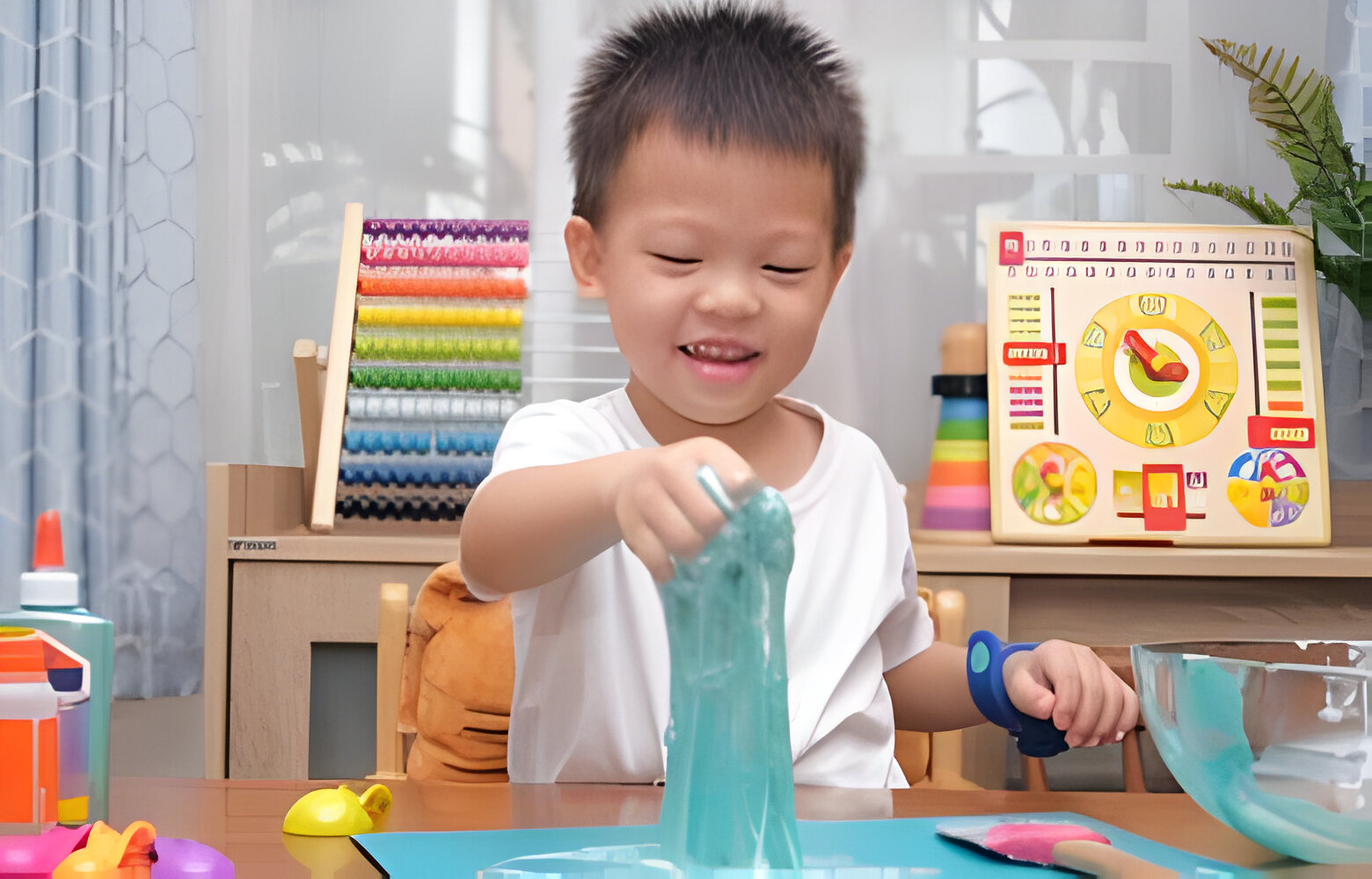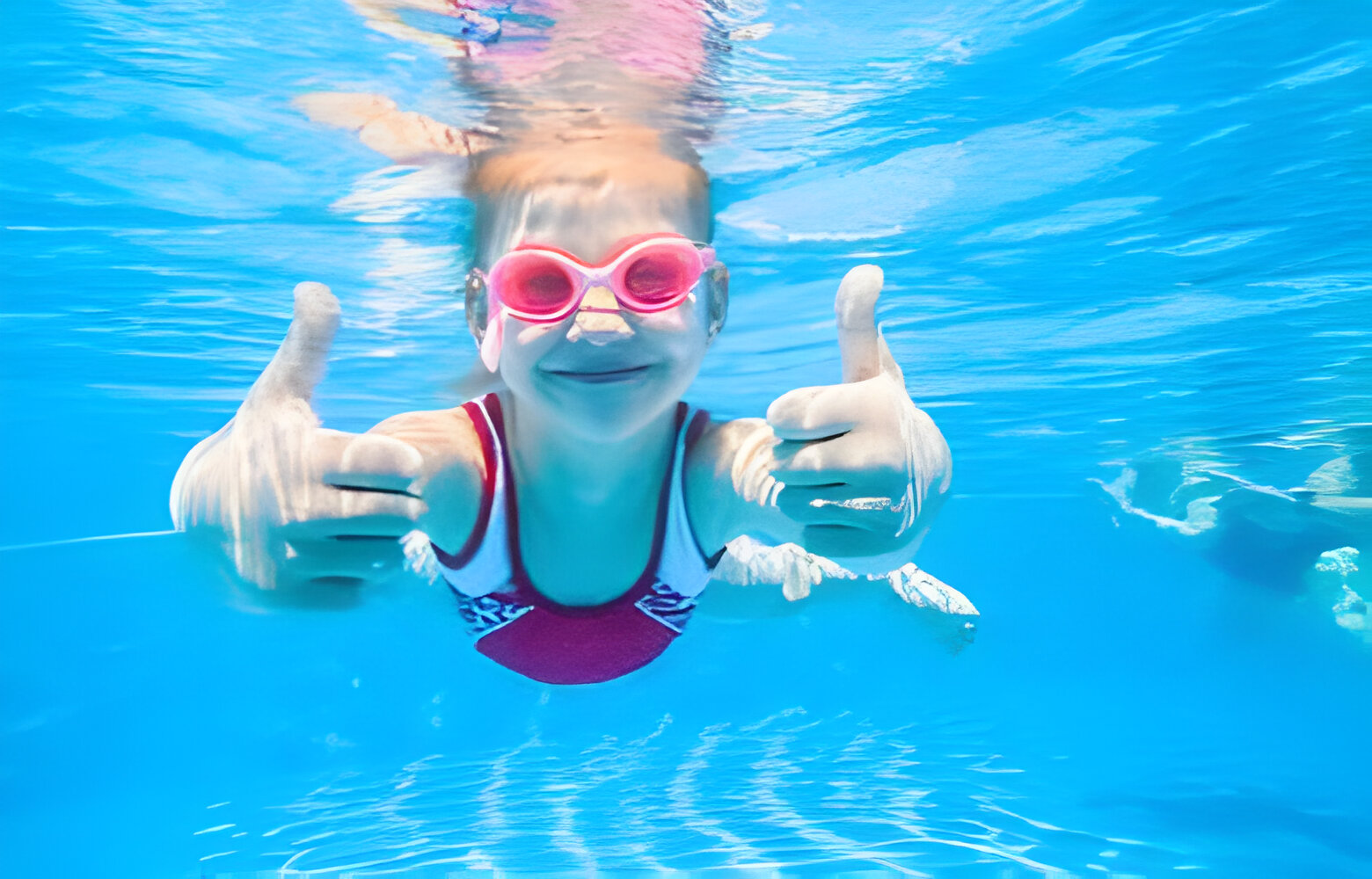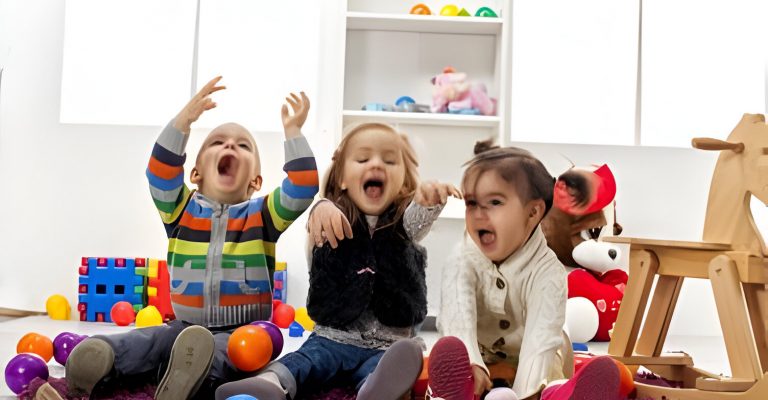Fun-stimulating activities that can boost their participation are encouraged to improve the fine motor skills of children with cerebral palsy and boost their participation. Fine motor skills refer to motor activities that call for the use or rather precise application and coordination of smaller muscles, such as the ones in your fingers, hands, and wrists.
Children with cerebral palsy have a problem controlling the muscles in these areas; therefore, accessing neuroplasticity influences a positive result. Neuroplasticity is the capability of the brain to alter and adapt continuously across an individual’s life. The repeat performances of new and challenging tasks that engross fine motor skills are the most effectively used during neuroplasticity.
Board Games
Board games are just fun ways for kids to learn counting and planning and take a chance. When a child with cerebral palsy makes any type of movement to move the piece of the game, or handle money, or pick a whole pile of cards, it assists in their small muscle development.
Other travel-sized board games have numerous far more difficult alternative pieces. Often, smaller pieces themselves are found within these options, providing practices in fine-tuning and small muscle manipulation for young children.
Board games have board games that are used to help children with cerebral palsy get better with their cognitive skills. They will be put in a position to acquire the skills to devise strategies, problem-solve, and fit in with critical thinking. This will work on assisting children with cerebral palsy since the daily challenges they face will require developing a new solution.
For example, games like chess improve a child’s reasoning and understanding of situations or problems, which assists in making logical decisions. Other board games like Scrabble improve a child’s vocabulary, word recognition, and problem-solving skills.

Swimming
Swimming can really benefit a child with cerebral palsy. It allows natural, free movement of the body and does not stress the child’s muscles and joints.
Water gives you buoyancy, so you feel light and floating. It is good to practice moving right without bearing very much weight. This is especially good for children whose cerebral palsy affects their legs. They can, therefore, move with more freedom than the usual way.
Have you ever tried that swift movement in water? It is very hard to do. It is a good strength exercise for your muscles, keeping you from the hard consequences of a fall.
Swimming, on the other hand, brings an imagined enjoyable time for kids with cerebral palsy. It brings about an image that helps imagine a free life where they can move freely without the necessary help from others. Doing it in a pool also facilitates some interaction with other kids.
The regular and repetitive action of swimming strokes helps coordinate it into motor skills in children with a disorder. Finally, in this manner of regular action, a positive result arises in general development and general physical ability.
The above-mentioned activity is a low-impact exercise that puts little pressure on the child’s cerebral palsy joints, making it ideal for kids to practice without the effects of discomfort or pain.
Swimming may also offer some psychological and emotional benefits to children with cerebral palsy. Children’s sense of dignity and respect will be enhanced once they realize the great physical transformation swimming offers to their bodies.
Spending time with water and its mood-lifting effects can relieve anxieties and stress. The soothing effects of the water and the sensory effects of swimming might help in the management of muscle spasms, rigidity, and spastic pain.
Painting
Painting involves understanding how to hold a brush, keep those extra loads on your canvas, manage your wrist for the strokes, etc. When your child paints over a large canvas, his or her creative side spills over. Still, painting over a small surface may help them improve fine motor skills.
That is very well the reality in the case of nail painting. It is much easier to keep track of brush strokes, and hand-eye coordination stands a good chance of advancing. Since the area is small, your child will be more focused and require a steady hand.
Besides, painting involves different colors to make a visual masterpiece. Following the above-mentioned process, children engage with the scheme of colors and drive through thinking creatively.
Mixing primary colors can make them acquire shades and juxtapose many colorful things to know how they can go. This will get them thinking outside the box and creating something extraordinarily done in their perfect style.
Painting becomes one of the ways through which children expose their feelings nonverbally. In most cases, their feelings or whatever they want to express cannot be said in words due to the lack of words in their vocabulary, with painting being the only medium where they have freedom.

Visit a Park, Garden, or Zoo
Does your child get nervous in a noisy environment or around a lot of people? If you have a “yes” for an answer, consider visiting a park, garden, or zoo. These large open places help avoid a lot of activities in one environment. So, kids dealing with such a problem are more likely to engage in activities in less crowded open-air environments.
These places are normally relatively good, with plenty on offer to view. Tag along with a picnic, a bicycle, or just a quiet moment with your little one. For children whose senses get overloaded, places that have lots of people in them and are loud seem to overwhelm them. This will normally culminate in anxiety or meltdowns and, at times, downs. As a parent, trying to help your child cope may be somewhat elusive.
A walk at a park, in the garden, or in a zoo might lighten the bad mood evaded by the baby. They offer a shift from noise and crowds. They provide an opportunity for kids to separate themselves from the hustle and bustle of urban life into an environment where they may play, explore, and learn.
These open spaces are perfect as they can accommodate children with special sensory needs who move around with less restraint and are not overwhelmed or stifled by the spaces they wander. They can also take their time without worrying about catching up or being coaxed to participate in myriad activities.
All parks, gardens, and zoos offer children all kinds of sensory fun; they are attractive in their diversity: variegated textures, smells, and sharp sounds. For children, running on grass or climbing a tree or a sandpit is some kind of input for proprioception that further helps in body awareness and coordination.
Hula Hooping
Hooping with a hula hoop is enjoyable, and at the same time, it is a game believed to enhance core strength in a child with cerebral palsy. Much more than child’s play, it sets off different stimuli in the brain. This calls for preciseness in focusing and entails rhythm and coordination.
Later, when the kids have gotten used to it, hooping around the arm would most likely feel easy and soothing. If a child’s arm is affected by cerebral palsy, it can also be beneficial to spin a hula hoop on the arm of such a child.
In addition, hula hooping is super fun in its own right. Hula hooping is a great way of core working engagement and a workout that involves many other parts of the brain; hence, it is ideal as a therapeutic approach for kids with cerebral palsy.
In other words, it is a low-impact exercise that might suit kids with difficulties moving around or for whom conventional exercises cause problems. Due to its rhythmic and controlled nature, hula hooping may help move a person’s body, thereby enhancing coordination and balance. In addition, the circularity of the hula hooping action is advantageous: the round motion of the hula hooping apparently prompts the vestibular system to maintain balance.
Molding
Play-Doh, clay, slime, or putty may be really important for children who have cerebral palsy. It enhances small motor functionality and strengthens muscles in kids. You can stretch therapy putty, make it long, and do almost anything your imagination can think of. Why not use therapeutic putty?
As such, it comes in various firmnesses, anywhere from really soft to very hard, showing that you can always let your kid grow in play skills while using these. Therapy putty provides more for children with cerebral palsy than hand movement, strength, or even general small movement.
Among all that, one of the major benefits of therapy putty is its help with hand-eye coordination. While children shape and reform the putty, they require a high level of precision with their hands and fingers while they work on the product. This will help immensely with the ability to visually track and control movement while doing things like writing or using a utensil daily.
Typically, children with cerebral palsy experience challenges in processing sensory information, which normally leads to sensory overload or underload. Playing with different therapy putties teaches kids about different textures, temperatures, and sensations that can potentially improve their overall sensory processing.
Key Takeaway
A child’s cerebral palsy shouldn’t prevent them from enjoying their favorite activities. Making therapy feel forced can give the impression that cerebral palsy is an issue to be resolved. Instead, letting kids with this condition join in with activities all their peers are doing can help them feel less set apart and naturally learn new abilities.
Try different activities and observe your child’s preferences. Chances are, there’s a method to modify the activity to ensure your child’s safety. Ultimately, the most beneficial activities for kids with cerebral palsy are those they’ll keep engaging in.

